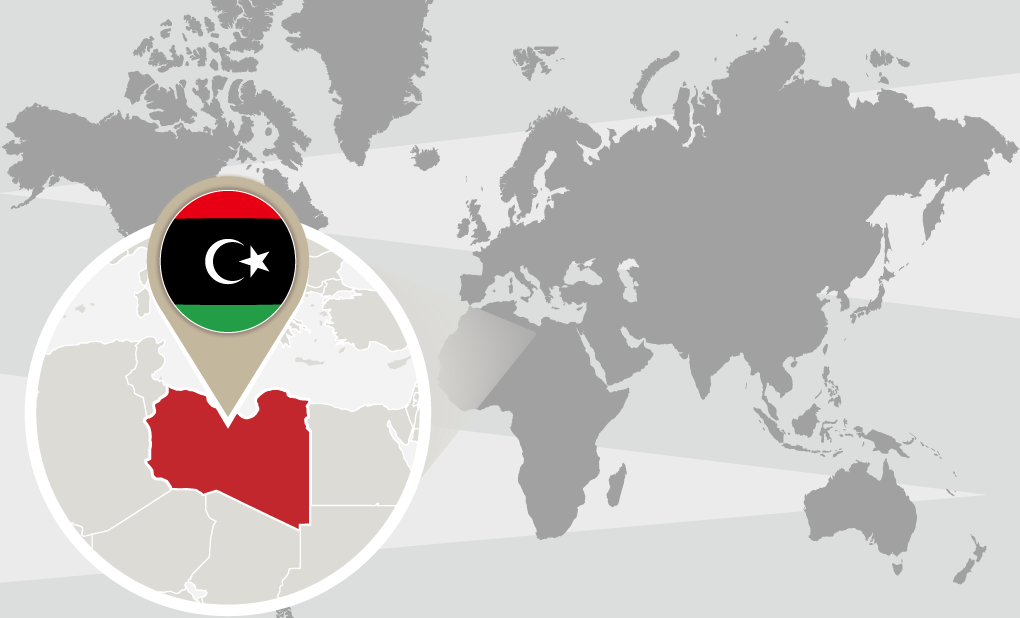One of the most important areas of interest to the Arab Mine Action Consultancy Crew is the State of Libya.
AMACC has implemented many mine action projects in Libya since 2012, such as EROE projects, battle area clearance projects, and non-technical survey projects, in partnership with:
The German Corporation for International Cooperation, the United Nations, the French Humanity and Integration Organization, and the German company (DIA-AG), under the supervision of the Libyan Mine Action Center.
In 2023, AMACC established a branch, registered and accredited by LibMac as a qualified MA organization that can operate in the country
